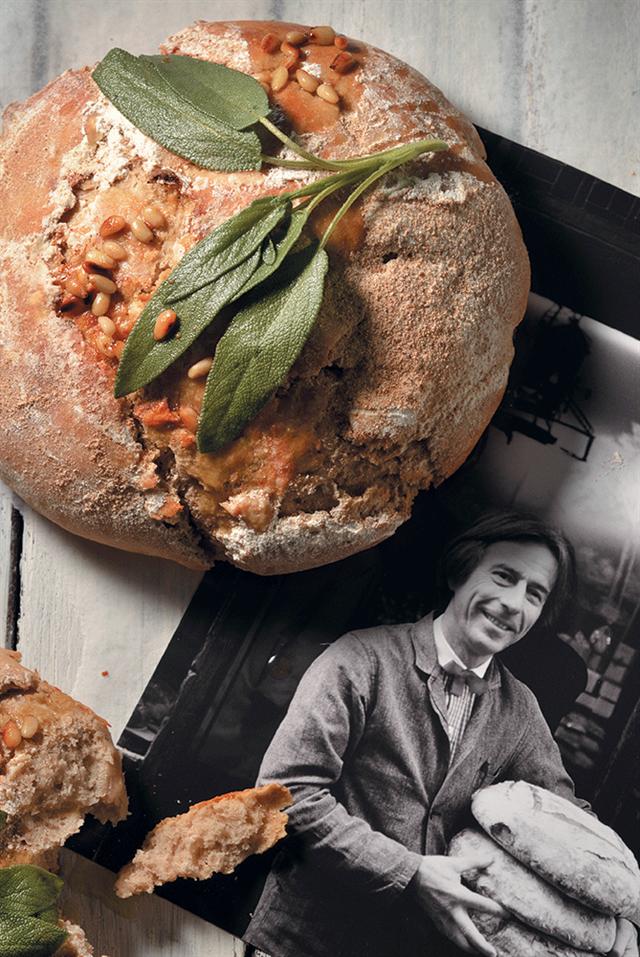It’s important to be patient when allowing the dough to rise in stages, because it is during this proving process that the bubbles are formed which make the bread light.
Watch this video on how to make sourdough bread:
READ MORE: How to make sourdough bread at home
Sourdough bread
Ingredients
- 200g sourdough starter (see cook’s tip)
- 200g rye flour
- 700g bread flour
- 20ml (4 tsp) salt
- 500ml (2 cups) water
Instructions
Place the starter, rye flour, 300g of the bread flour, salt and water in an electric mixer.
Using the paddle attachment, mix until the dough becomes elastic and forms strings as it stretches. Change to the hook attachment and add the remaining bread flour.
Work until the dough starts to come away from the sides of the mixing bowl.
Cover and set aside for 1 hour, then refrigerate overnight.
Next morning, remove from the fridge and leave to rise in a warm place until doubled in size. This can take up to 8 hours.
Shape the dough into a loaf and place on a baking tray. Cover and leave to rise for a further 2 hours.
Preheat the oven to 240°C. When hot, splash the inside of the oven with
water to create steam. Quickly put the bread in the oven and close the door to keep the steam in.
Bake for 10 minutes, then reduce oven temperature to 180°C and bake for a further 30 to 35 minutes.
Remove from the oven and allow tocool before slicing.
Notes
A sourdough starter is a mixture of flour and water in which wild or natural yeasts are active. It is used instead of commercial yeasts to produce bread that has a more complex flavour. To make your own, place a few bunches of unwashed grapes (picked straight from the vine) into a mesh bag (the kind used for oranges) and squeeze the juice into a bowl. Place the squashed skins and stems in the bowl with the juice and leave to stand outside for an hour, then cover it and bring inside. Within a day or so, the juice should start fizzing as it begins to ferment. Add a few tablespoons of flour to the juice and mix. By now the fermentation should be active. The grapes can be discarded and the starter used to make bread. You can use commercial yeast instead, but the results won’t be the same – instant yeast metabolises too quickly to create the interesting flavour of sourdough. (A web search will reveal other ways of making sourdough starters, not all of which involve grapes.)

